To grow and not diminish qualiy of life, DC needs to expand and strengthen how it plans
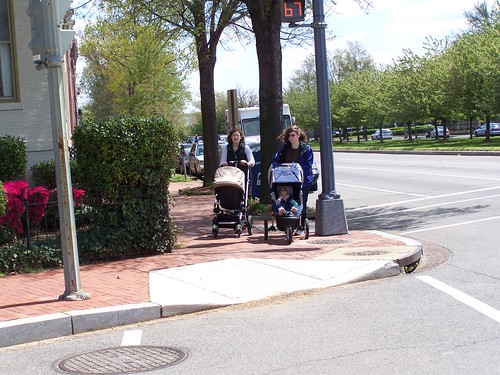
Yesterday's Post has an interesting article, "D.C.’s growth is fueled by 20-somethings. Can the city grow up with them?," by business reporter Jonathan O'Connell, about the city and how the next stage of accommodating this growth is to focus on retention, as singles become couples and then families, housing and amenities need to be able to accommodate them.
He provides three recommendations for changes in policy:
- develop places, public and private, that can accommodate families
- diversify the housing stock so it can accommodate larger households
- build parks.
Like a lot of armchair analysis (but with the imprimatur of the newspaper), the article fails to address in a more systematic fashion the gaps in how DC does planning, which in turn generates the gaps in amenities, housing stock, and recreation and park spaces (among others) available in various neighborhoods across the city.
One of the points O'Connell doesn't mention is that DC is somewhat accommodating for families, so long as they have enough money to participate in the local economy, and most likely, both parents will have to work. Most of the new households on our block are fecund (not us)--the one child households are in the process of adding a second.

This is captured by a report from the Brookings Institution, on walkable neighborhoods in DC, which is discussed in a different Post article, "D.C.'s walkable neighborhoods have a lot to offer, but at a price." The report finds that walkable neighborhoods have higher levels of amenities, property values, and resident income levels. Of course, there's that pesky issue of the schools
O'Connell's article doesn't cover new ground so much as it indicates significant gaps in how the city approaches planning, and while it proposes the above-cited "remedies" it doesn't address the more fundamental and systemic problem--failures in planning.
The article also didn't acknowledge that there can be backlash to adding more accommodations "for families" as some people without children will see these accommodations as privileging children at their expense.
Among other places, this issue has been discussed in two New York Times articles, "Park Slope Parent Trap" (2007) and "At Center of a Clash, Rowdy Children in Coffee Shops" (2005) about how a coffee shop in the Andersonville neighborhood of Chicago called attention to parents inadequately managing their children and the impact on other patrons. The Post ran a similar article, "New baby boom fosters culture clash: Parents vs. public spaces," about two years ago.

Taste of Heaven cafe owner Dan McCauley poses at the front door of his cafe next to a sign that reads 'Children of all ages have to behave and use their indoor voices when they come to a Taste of Heaven' Friday, Dec. 2, 2005, in Chicago. The sign has become a lightning rod for a larger debate on parenting, namely, who gets to have a say about misbehaving children. (AP Photo/M. Spencer Green)
The need for sector/neighborhood plans. The revitalization of the planning office in DC under Mayor Anthony Williams, and the focus by his team on economic development, while vitally important to the city's success, was incomplete.
The fundamental problem is that Washington, DC doesn't do full-scale neighborhood/sector planning. That means that at the neighborhood scale, we don't plan for the provision and realization of civic and other amenities in rigorous structured ways.
(While the city planning office did do "neighborhood" plans in 2001, called "strategic neighborhood action plans," the reports were quite varied, and tended to be very much agency-centric (the DPW picks up the trash, they should address litter, etc.) and not very deep, focused on short term fixes and budget priorities, not long term or structural changes.)
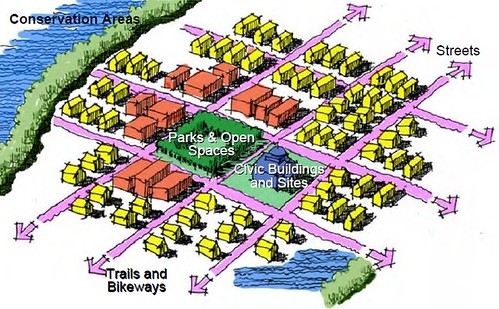
AECOM graphic on the various elements of comprehensive community planning. The red section, not labeled, is the commercial district.
The need for agency master plans for parks, K-12 education, libraries, and transportation functions. The city does do a master plan, called the comprehensive plan, and theoretically has plans for the major services/agencies of the government--such as parks, K-12 education, libraries, transportation--except that we don't have publicly approved plans for those functions, just what's in the Comp. Plan.

While a plan for streets and blocks is a foundational element for any city, it's not enough, in and of itself, to create a great place to live, work, conduct visit, be educated or entertained, and to visit.
And while we still don't have such plans today, ideally such documents would have been in place before the velocity of change unleashed by the Williams Administration. (Of course, plans produced in the 1990s likely would have been inadequate given that the opportunities the city has been able to realize over the past decade were unimaginable just a few years ago.)
DC does have a "small area plan process," but the end product of a small area plan is not a thorough and comprehensive neighborhood plan, it's more focused on development opportunity management.
Too often, especially with regard to the provision of civic assets ranging from parks, community centers, spaces and programs not currently offered in the city, local transportation, libraries, and the role of schools as neighborhood anchors aren't considered as part of a typical "small area planning process."
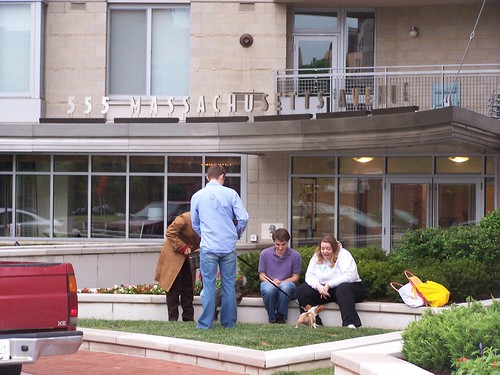
The need for impact fees. For example, the article's discussion of the lack of a "playground" downtown is the result of the failure to do adequate parks and recreation planning in the city and specifically downtown, the fact that most recreation spaces are provided on a private basis, within apartment and condominium buildings, and that parks and recreation impact fees (among others) are not assessed on new developments, therefore reducing the amount of money available for the provision of such amenities, even while the demand for such increases. That's definitely not how they do things in Vancouver, BC.
(Of course, biking is a cheap and easy and fast option for many trips and can end up being a significant contributor to congestion reduction.)
You only need a small increase-decrease in usage (5-15%) to have an extranormally negative or positive impact on congestion.
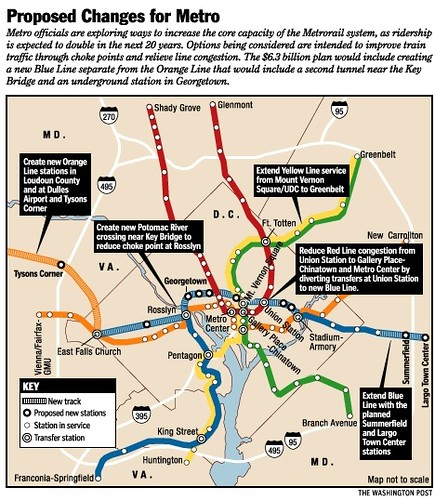
Washington Post graphic, 2002. This plan was scuttled in 2003, when WMATA faced a budget crunch, and devolved authority for expansion planning to the separate jurisdictions. While Virginia went ahead with planning the Silver Line, they did not take any responsibility for the impact of this service on capacity downtown or in crossing over the Potomac River from Virginia to DC.
It's the same with most of the functions of the city--even as we are achieving a critical mass of positive revitalization in many neighborhoods, from Barracks Row in Capitol Hill to 14th Street NW to Columbia Heights to Petworth, and the creation of a new neighborhood along the Southeast Waterfront, anchored by the baseball stadium, and the correction of ghastly urban renewal era errors in Southwest DC, such as with the rebuilding of the old Waterfront Mall and the re-constitution of 4th Street as a through street, plus the forthcoming Wharf development on the waterfront, etc.--if we don't add infrastructure and amenity capacity, as it grows in population, the city will be less congenial.
Expaning planning frameworks so that needs and amenities are planned in a systematic fashion, based on demographics and household types. This isn't usually done the way it should be. David Barth of AECOM discusses "triangulation" or the need to talk to at least three different types of groups when doing plans--too often plans reflect the interests of only one group.
So that means sector plans need to deal with singles, couples (gender neutral), families with children, seniors, etc., and this needs to be extended to general planning as well as for parks, transportation, commercial district revitalization.
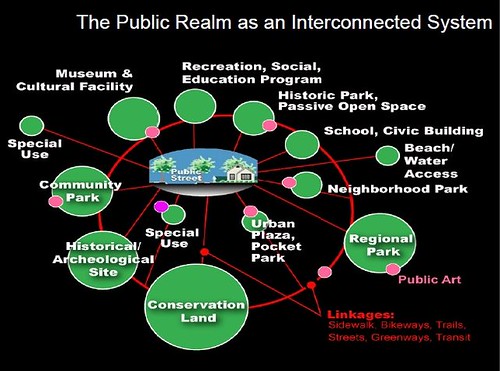
AECOM graphic.
Labels: civic assets, commercial district revitalization planning, demographics, public realm framework, real estate development, urban design/placemaking, urban revitalization



0 Comments:
Post a Comment
<< Home